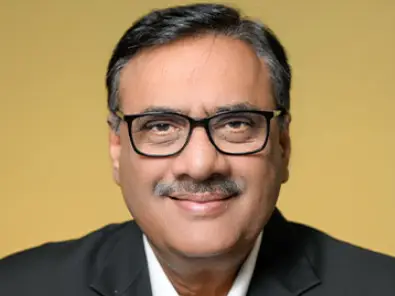The Cement Manufacturers’ Association (CMA) welcomes the Government of India’s announcement reducing the GST rate on Cement from 28% to 18% on a long standing request of the Cement Industry. The Cement Industry considers it a progressive step towards simplifying the tax structure.
For a long time, Cement has been taxed at one of the highest rates among essential building materials compared to sectors such as steel and several other construction input materials. Lowering the rate to 18% corrects this long standing anomaly and ensures parity with other core materials.
Moreover, a reduction in GST stands to enhance the competitiveness of the Indian Cement Industry by creating a fair game with global peers. Given that Cement is a foundational input material for infrastructure and housing, treating it more fairly in the tax structure is consistent with global practices and will likely boost consumption of this key building material towards augmenting considerable infrastructure, including affordable housing.
We look forward to being the Nations’ continued partner in progress.



